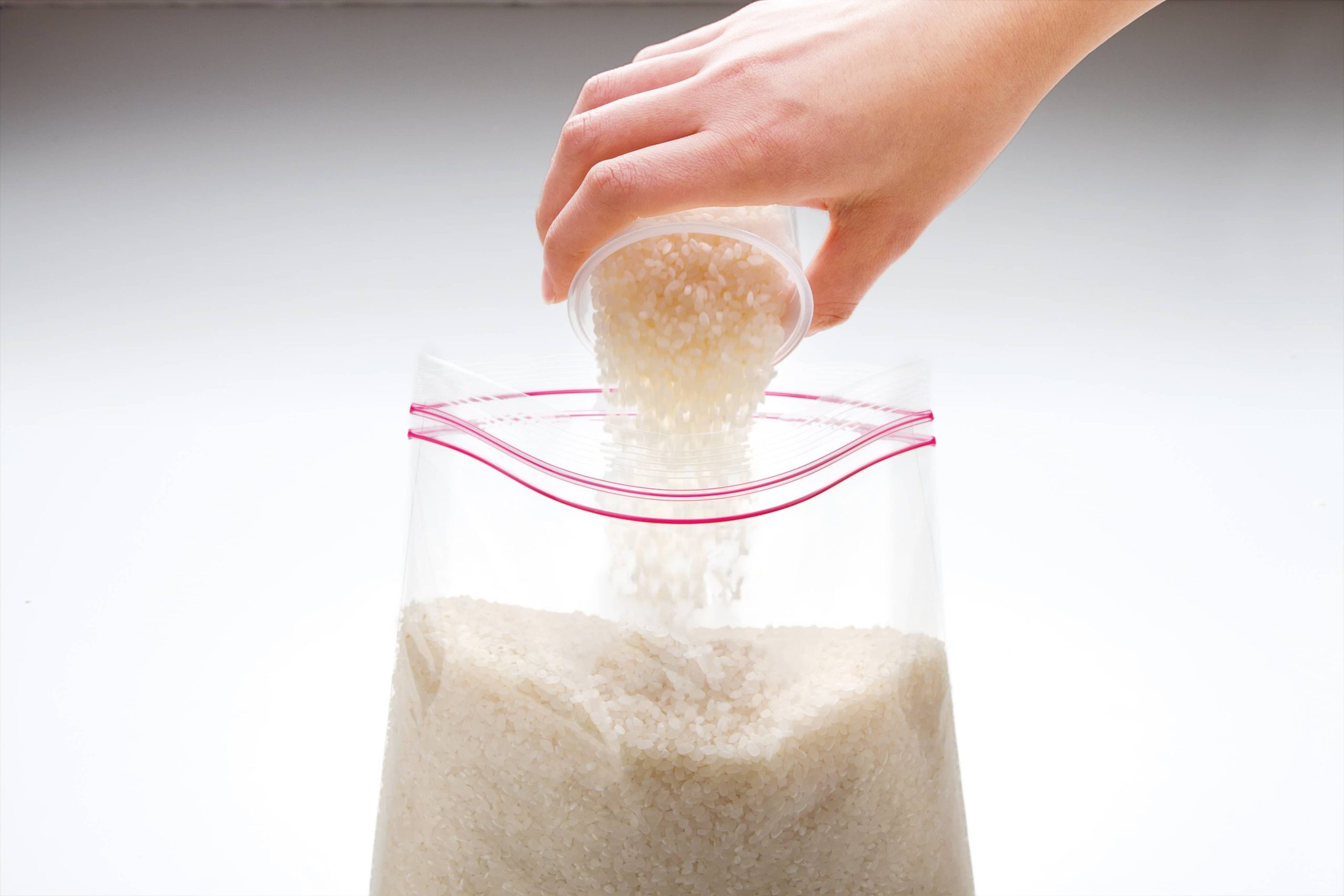

Articles
How To Store Rice
Modified: April 23, 2024
Discover the best way to store rice with our informative articles. Maximize freshness and maintain quality for longer periods with our expert tips.
(Many of the links in this article redirect to a specific reviewed product. Your purchase of these products through affiliate links helps to generate commission for Storables.com, at no extra cost. Learn more)
Introduction
When it comes to staple foods, rice often tops the list. It is a versatile and nutritious grain that is a dietary staple for millions of people around the world. Whether you prefer long-grain, short-grain, brown, or white rice, one thing is certain: proper storage is essential to maintain its quality and prevent spoilage.
Properly storing rice not only helps to preserve its taste and texture, but it also ensures that it remains free from pests, contamination, and moisture, which can lead to the growth of mold and bacteria. In this article, we will explore the importance of proper rice storage and provide you with practical tips and best practices to keep your rice fresh and flavorful for an extended period.
Let’s delve into the world of rice storage and uncover the secrets to maintaining the quality of this beloved grain.
Key Takeaways:
- Proper rice storage is crucial for maintaining freshness, flavor, and nutrients. Factors like temperature, humidity, and airtight containers play a key role in preserving the quality of this beloved grain.
- Identifying signs of spoiled rice is essential to avoid health risks. Mold, unpleasant odors, insect infestation, texture changes, and off-taste are clear indicators of rice spoilage. Always prioritize food safety.
Read more: How To Store Water In Barrels
Importance of Proper Rice Storage
Proper rice storage is crucial to ensure that the grain remains fresh, flavorful, and safe for consumption. Here are some key reasons why proper storage is of utmost importance:
- Prolonged Shelf Life: Rice, like any other food item, is susceptible to deterioration over time. However, by storing it correctly, you can significantly extend its shelf life and prevent it from becoming stale or spoiled. This is particularly important if you buy rice in bulk or if you live in an area prone to high humidity.
- Maintains Nutrient Content: Rice is not only a source of carbohydrates but also contains essential vitamins and minerals. Proper storage can help retain these nutrients, ensuring that you receive maximum nutritional benefit from the rice you consume. Incorrect storage conditions, such as exposure to sunlight or moisture, can lead to the loss of important nutrients.
- Prevents Pest Infestation: Rice is a prime target for pests such as weevils and moths. These insects can easily find their way into improperly stored rice, laying eggs and contaminating the grains. By adhering to proper storage practices, you can keep these unwanted visitors at bay and avoid ingesting harmful insect larvae.
- Preserves Taste and Texture: The quality of rice can deteriorate if exposed to air, moisture, or fluctuations in temperature. Storing rice in a suitable environment helps maintain its optimal moisture content, preventing it from becoming dry or mushy. The result is rice that retains its natural taste, texture, and aroma.
By recognizing the importance of proper rice storage and implementing the necessary measures, you can ensure that the rice you consume remains fresh, nutritious, and safe to eat. Let’s now explore the factors you need to consider when storing rice.
Factors to Consider When Storing Rice
Proper rice storage involves taking into account several important factors that can have a significant impact on the quality and longevity of the grain. Here are the key factors to consider:
- Temperature: Rice is best stored in a cool and dry environment to prevent moisture buildup. It is recommended to store rice at a temperature below 70°F (21°C). Avoid exposing rice to extreme temperatures or direct sunlight, as they can accelerate the deterioration process.
- Humidity: High humidity can lead to moisture absorption by the rice grains, resulting in clumping, mold growth, and insect infestation. It is important to store rice in an environment with humidity levels below 15%. Consider using moisture-reducing agents such as silica gel packets to further protect against moisture damage.
- Airtight Containers: Rice should be stored in airtight containers to prevent exposure to air and moisture. Airtight containers can help maintain the rice’s freshness and extend its shelf life. Opt for containers made of food-grade materials such as glass, BPA-free plastic, or stainless steel.
- Light: Exposure to light can lead to the degradation of the nutrients in rice and cause the grains to become discolored. Store rice in opaque containers or in a dark pantry to shield it from light.
- Pest Control: Protecting rice from pests is crucial to prevent contamination and spoilage. Ensure that the storage area is clean and free from any existing insect infestations. Consider using pest control methods such as diatomaceous earth or bay leaves, which act as natural repellents.
- Storage Duration: Rice, even when stored properly, has a limited shelf life. It is recommended to consume white rice within 1-2 years and brown rice within 6-12 months. Take note of the purchase date and rotate your rice stock accordingly to ensure you always use the oldest batch first.
By carefully considering these factors, you can create an ideal storage environment that will help preserve the quality and freshness of your rice for an extended period. In the next section, we will explore how to choose the right container for rice storage.
Choosing the Right Container for Rice Storage
Choosing the right container for rice storage is crucial to maintain its freshness and quality. Here are some factors to consider when selecting a container:
- Airtightness: The container should have a tight seal to prevent air and moisture from entering. Look for containers with airtight lids or seals that ensure a secure closure.
- Material: Choose containers made of food-grade materials that are safe for storing rice. Suitable options include glass, BPA-free plastic, or stainless steel. These materials are non-reactive and do not leach any harmful chemicals into the rice.
- Size: Consider the amount of rice you typically consume and purchase a container that can accommodate the desired quantity. It’s advisable to store rice in smaller containers rather than larger ones to minimize exposure to air each time the container is opened.
- Opaque or Tinted: Rice should be stored in containers that are opaque or tinted to minimize exposure to light. Light can cause nutrient degradation and affect the quality of the rice.
- Easy to Clean: Choose a container that is easy to clean and maintain. Look for designs that have a wide mouth or removable lids for thorough cleaning when needed.
- Stackable: If you have limited storage space, consider containers that are stackable to optimize space utilization and ensure easy organization.
Remember, it’s essential to clean the container thoroughly before using it to store rice. Any residual odors or contaminants from previous use can affect the quality of the rice and compromise its taste.
By selecting the right container and following proper storage techniques, you can protect your rice from air, moisture, pests, and light, ensuring its freshness and prolonging its shelf life. In the next section, we will discuss the steps to prepare rice for storage.
Preparing Rice for Storage
Before storing rice, it is important to follow proper preparation steps to ensure its longevity and quality. Here are the key steps to prepare rice for storage:
- Cleaning: Before storing rice, it is crucial to clean it to remove any dust, debris, or foreign particles. Rinse the rice under cold running water until the water runs clear. This will help eliminate any impurities and ensure a clean batch of rice for storage.
- Drying: After rinsing, allow the rice to dry thoroughly before storing it. Spread the rinsed rice on a clean, dry surface or use a clean kitchen towel to absorb any excess moisture. Ensure that the rice is completely dry to prevent the growth of mold or mildew during storage.
- Optional Pre-freezing: If you want to further protect against any potential pests, you can opt to pre-freeze the rice before storage. Place the dried rice in a sealed freezer bag and put it in the freezer for a couple of days. Freezing helps kill any existing insect eggs or larvae that may be present in the rice.
- Dividing into Portions: If you have purchased rice in bulk, consider dividing it into smaller portions before storage. This will allow you to use a portion at a time, minimizing the frequency of opening the main storage container and exposing the rest of the rice to air and moisture.
By following these preparation steps, you can ensure that the rice is clean, dry, and ready for storage. Now that the rice is properly prepared, let’s move on to discussing the best practices for storing rice to maintain its freshness and quality.
Store rice in an airtight container in a cool, dry place to prevent moisture and pests from getting in. This will help maintain its quality and prevent it from spoiling.
Best Practices for Storing Rice
To maintain the freshness and quality of rice during storage, it’s important to follow these best practices:
- Choose a Suitable Storage Location: Select a cool, dry, and dark area for storing rice. The storage space should be away from direct sunlight, heat sources, and moisture-prone areas like the kitchen sink or bathroom.
- Use Airtight Containers: Transfer the dried rice to airtight containers that are suitable for long-term storage. Ensure the containers have a secure seal to prevent air, moisture, and pests from entering.
- Label and Date: Label the containers with the type of rice and the date of storage. This will help you keep track of the rice’s age and prioritize usage based on the first-in-first-out (FIFO) principle.
- Store Like with Like: If you have different types of rice, it’s best to store them separately to maintain their distinct flavors and characteristics. This also helps prevent cross-contamination and ensures that each type of rice remains fresh.
- Avoid Frequent Opening: Limit the frequency of opening the storage containers to prevent exposure to air and moisture. Only open the container when you need to access the rice, and be sure to reseal it tightly after each use.
- Regularly Check for Spoilage: Periodically inspect the stored rice for any signs of spoilage, such as mold, unusual odors, or the presence of insects. If you notice any of these signs, discard the affected rice and thoroughly clean the storage container.
- Rotate Your Stock: To ensure the consumption of fresher rice, practice rotation by using the older batches first. This helps prevent rice from sitting in storage for too long and ensures you always have a fresh supply.
By following these best practices, you can maximize the shelf life of your rice and maintain its freshness, flavor, and quality. However, it’s important to be aware of common mistakes to avoid to prevent any issues during rice storage, as we will discuss in the next section.
Common Mistakes to Avoid in Rice Storage
While proper rice storage is crucial, there are some common mistakes that people make, unknowingly compromising the quality and safety of the rice. Here are the common mistakes to avoid:
- Storing Rice in the Original Packaging: The original packaging of rice is not designed for long-term storage. It is best to transfer the rice into airtight containers to protect it from air, moisture, and pests.
- Exposing Rice to Light: Light exposure can degrade the quality and nutrient content of rice. Avoid storing rice in transparent containers or keeping them in areas exposed to direct sunlight.
- Ignoring Temperature and Humidity: Rice is sensitive to temperature and humidity changes. Storing rice in areas with high humidity or extreme temperatures can lead to mold growth, insect infestation, and deterioration of quality. Maintain a cool and dry environment for rice storage.
- Using Damaged Containers: Cracked or damaged containers can allow air, moisture, and pests to enter. Ensure that the storage containers are in good condition and airtight to provide optimal protection for the rice.
- Not Cleaning Containers Properly: When reusing containers for rice storage, it’s important to clean them thoroughly to remove any residues or lingering odors. The remnants of previous foods can impact the taste and quality of the stored rice.
- Not Checking for Spoilage: Neglecting to periodically inspect the stored rice for signs of spoilage can lead to the consumption of contaminated or spoiled grains. Regularly check for mold, unusual odors, or the presence of pests, and promptly discard any compromised batches.
- Leaving Rice Unattended: Leaving rice out in open containers or bags can expose it to air, insects, and moisture. Always store rice in sealed containers to maintain its freshness and protect it from external elements.
By avoiding these common mistakes, you can ensure that your stored rice remains fresh, safe, and of high quality for an extended period. Now, let’s discuss the signs that indicate rice has spoiled.
Signs of Spoiled Rice
It’s important to be able to identify the signs of spoiled rice to avoid consuming it and risking any potential health issues. Here are the common signs that indicate rice has spoiled:
- Mold or Fungal Growth: One of the most obvious signs of spoiled rice is the presence of mold or fungal growth. If you notice any patches of mold or unusual discoloration on the rice, it should be discarded immediately.
- Unpleasant Odor: Spoiled rice often develops a rancid or sour smell. If you detect any unpleasant or off-putting odors when opening the container or cooking the rice, it is a clear indication that it is no longer safe for consumption.
- Insect Infestation: Pests like weevils, moths, or beetles can find their way into improperly stored rice and lay eggs, leading to an infestation. If you see any signs of insects, such as tiny moving larvae or beetles, it’s best to discard the rice.
- Texture and Appearance: Spoiled rice may have an altered texture and appearance. It can become overly dry, clumpy, or sticky. Additionally, if you notice any discolored or off-textured grains, it is best to err on the side of caution and dispose of the rice.
- Change in Taste: Rice that has spoiled may have a noticeable change in taste or flavor. If the rice tastes off or has a bitter or unpleasant taste, it is a clear indication that it is no longer suitable for consumption.
It’s important to emphasize that consuming spoiled rice can lead to food poisoning and other health risks. Therefore, if you notice any of the above signs, it is safer to discard the rice and replace it with fresh grains.
Now that we have covered the signs of spoiled rice, let’s wrap up this article.
Conclusion
Properly storing rice is essential to maintain its freshness, flavor, and nutritional value. By taking the time to store rice correctly, you can extend its shelf life and enjoy grains that are free from pests, mold, and spoilage. Here’s a recap of the key points to remember:
First and foremost, consider the factors that influence rice storage, such as temperature, humidity, and the choice of container. Storing rice in a cool, dry, and dark environment in airtight containers helps keep it fresh and prevents moisture absorption and pest infestations. Opt for containers made of food-grade materials and label them with the rice type and storage date for easy tracking.
Preparing rice for storage involves cleaning and drying it thoroughly. Consider pre-freezing the rice to eliminate any existing pests or insect eggs. Divide the rice into smaller portions to minimize exposure to air when accessing the main storage container.
It is essential to follow best practices, such as avoiding common mistakes like using damaged containers, exposing rice to light, and neglecting to check for spoilage regularly. By being diligent and attentive, you can ensure that your stored rice remains safe, fresh, and flavorful.
Lastly, familiarize yourself with the signs of spoiled rice, such as mold or fungal growth, unpleasant odor, insect infestation, changes in texture and appearance, and off-taste. If you identify any of these signs, it is crucial to discard the rice to prevent any potential health risks.
By implementing these practices and guidelines, you can maximize the shelf life of your rice and enjoy delicious meals with high-quality grains. Remember, proper rice storage is not only about preserving its taste and texture but also about ensuring your health and well-being.
So, the next time you stock up on rice, don’t overlook the importance of proper storage. Your efforts will be rewarded with rice that is fresh, nutritious, and enjoyable for extended periods. Happy cooking!
Frequently Asked Questions about How To Store Rice
Was this page helpful?
At Storables.com, we guarantee accurate and reliable information. Our content, validated by Expert Board Contributors, is crafted following stringent Editorial Policies. We're committed to providing you with well-researched, expert-backed insights for all your informational needs.
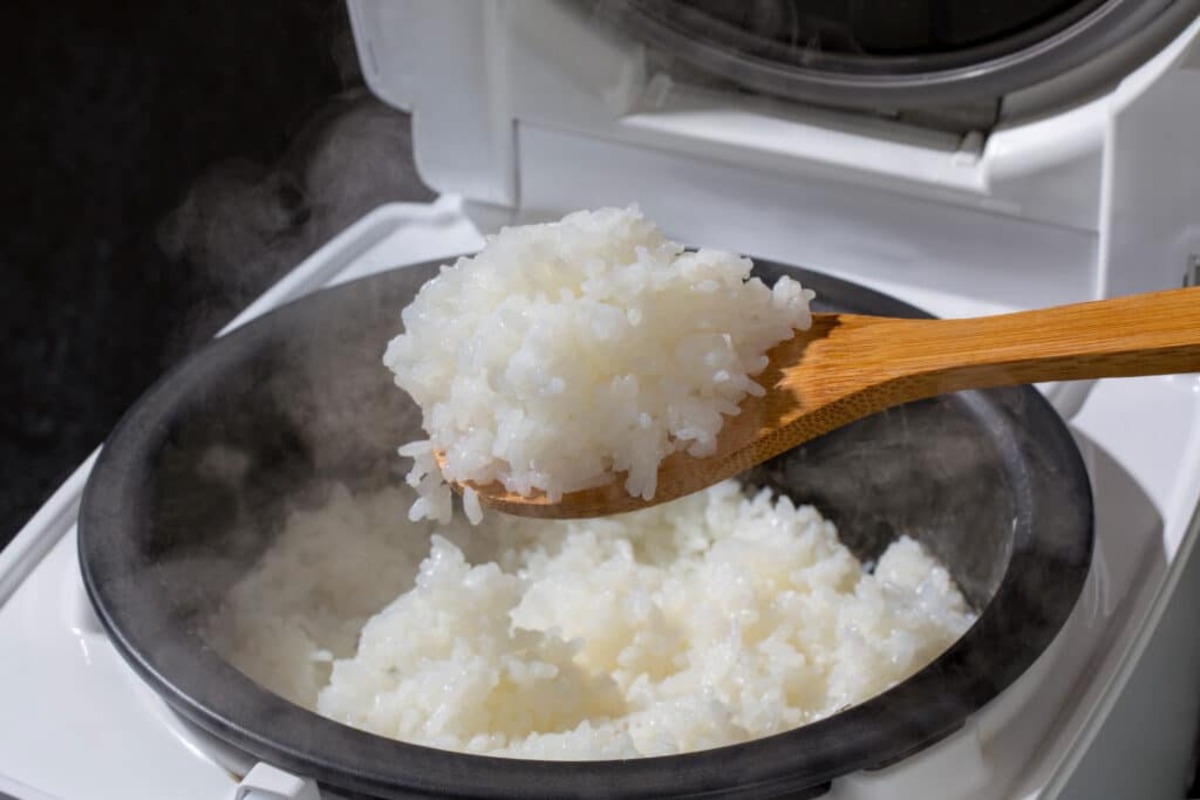
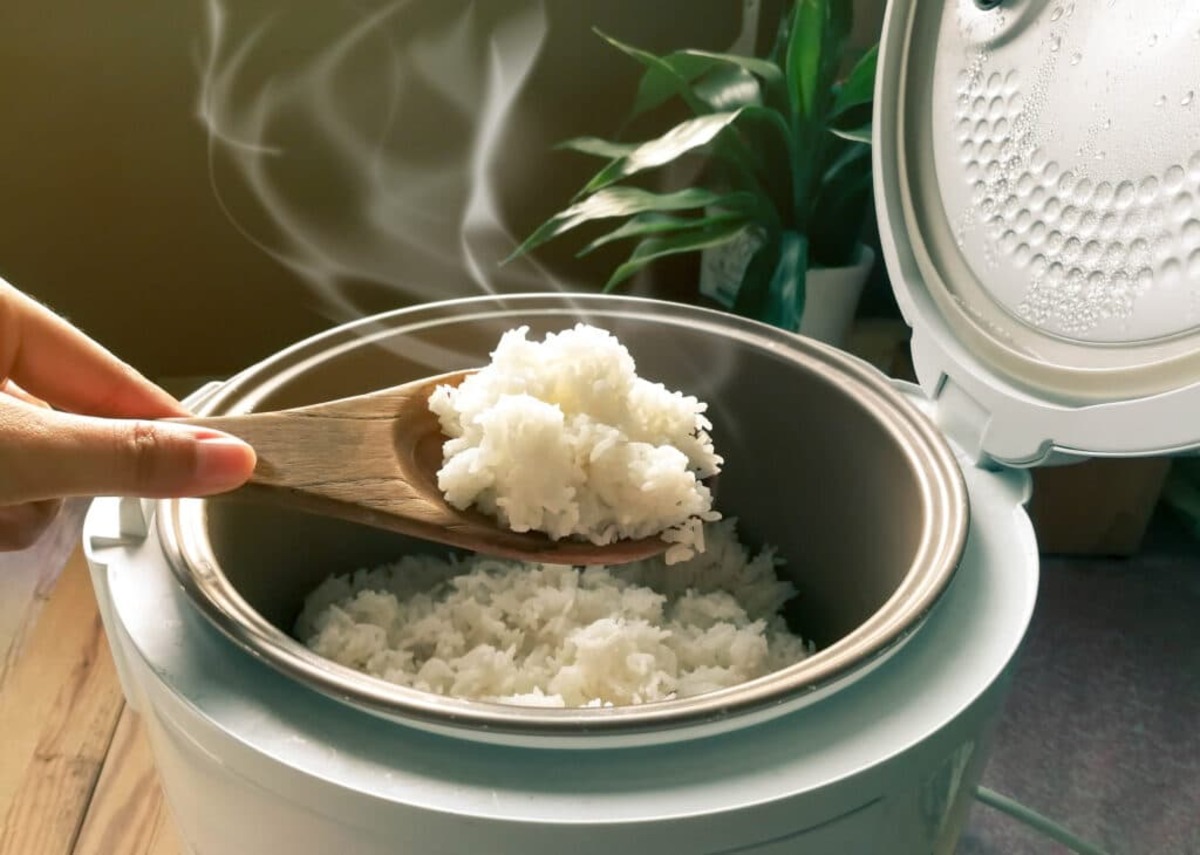
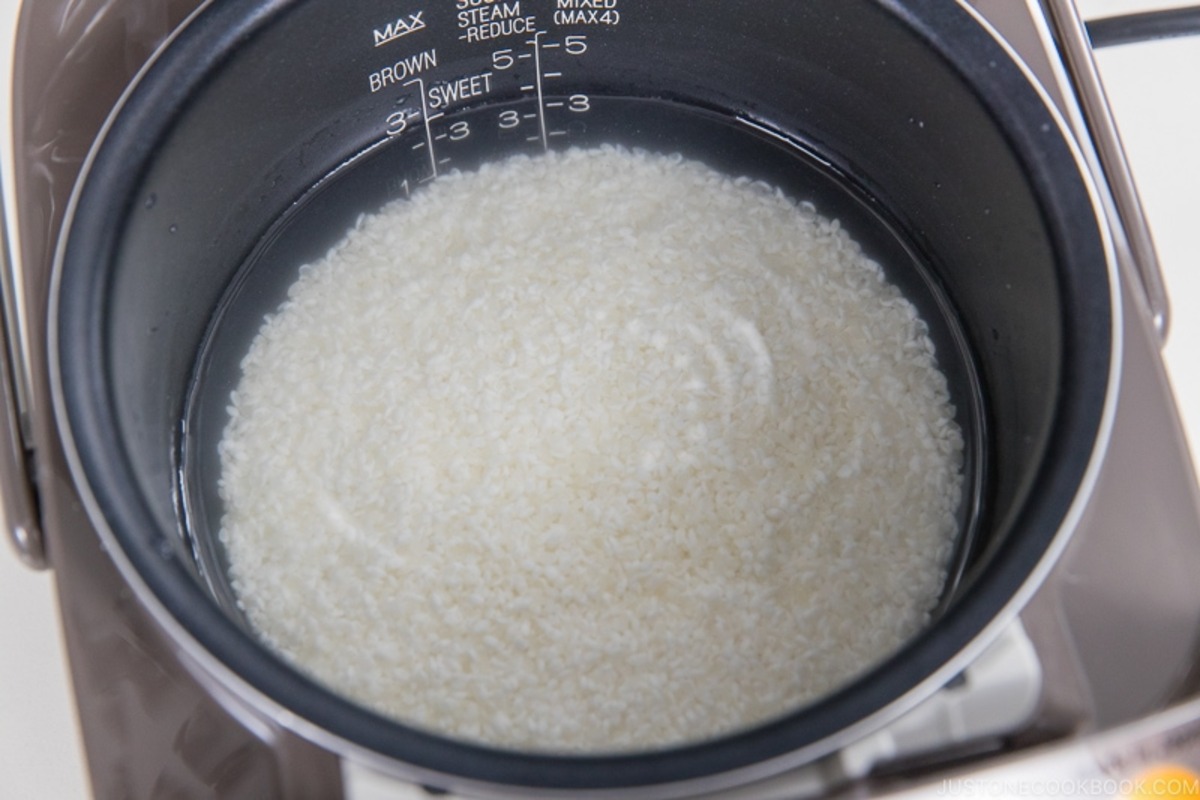

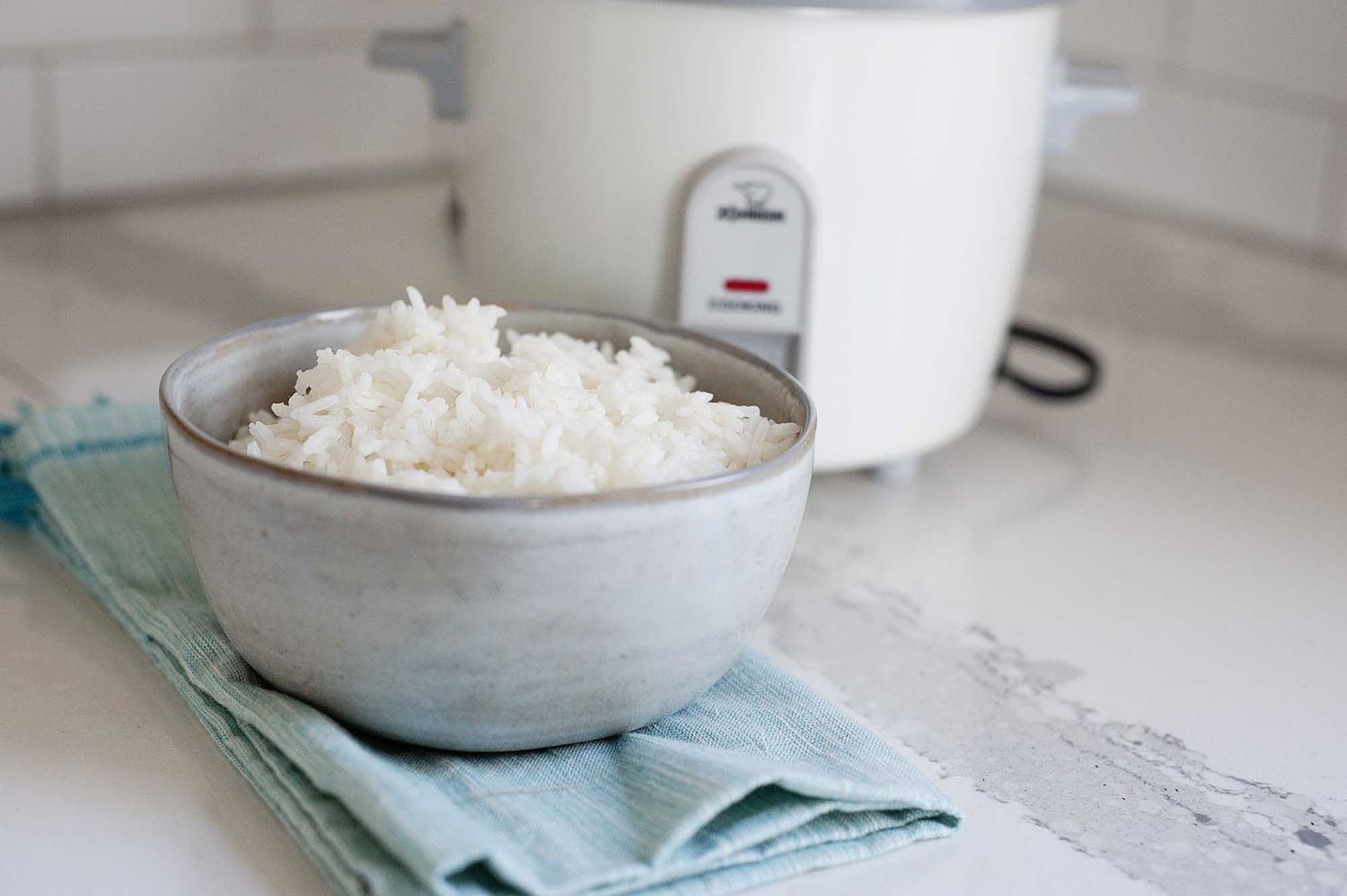
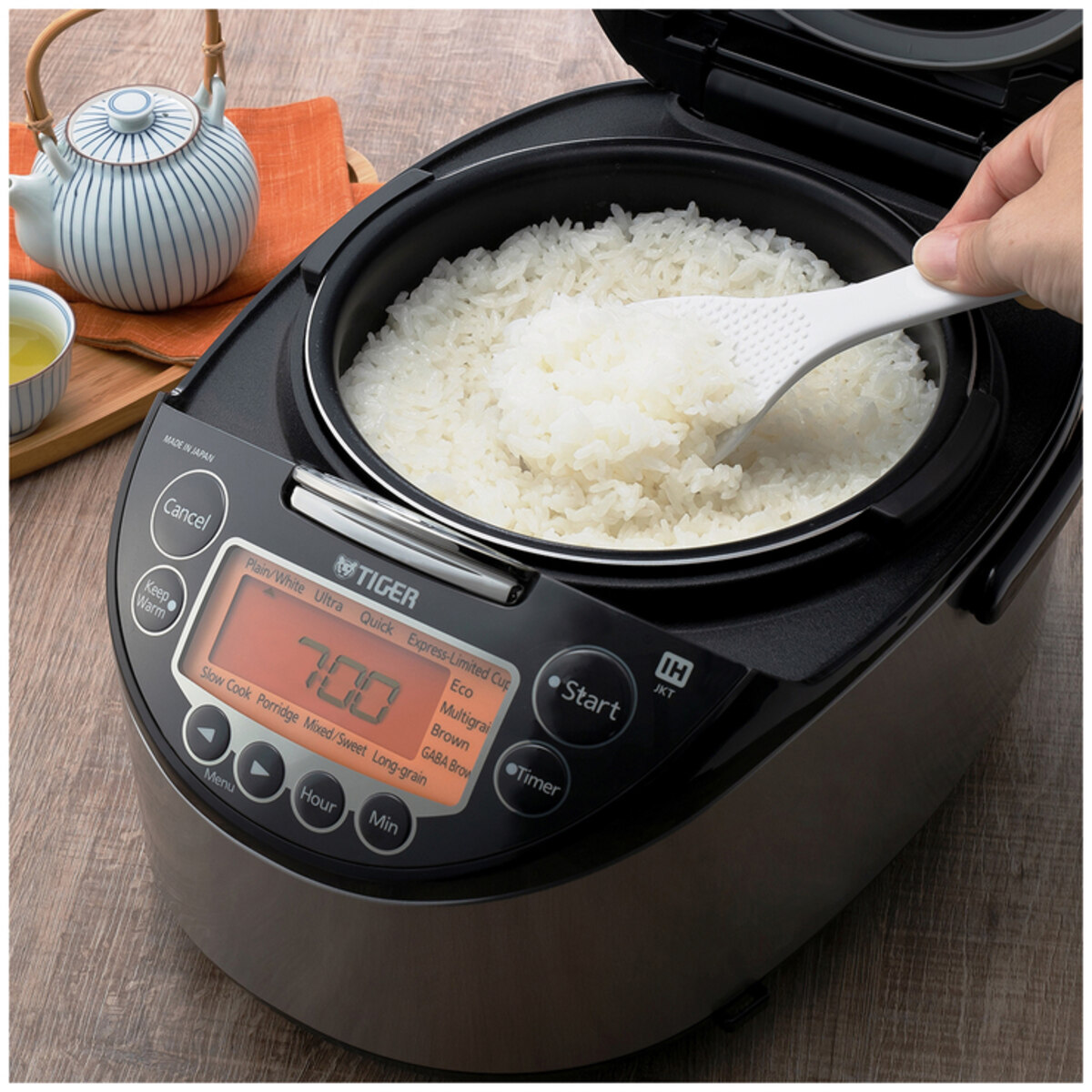
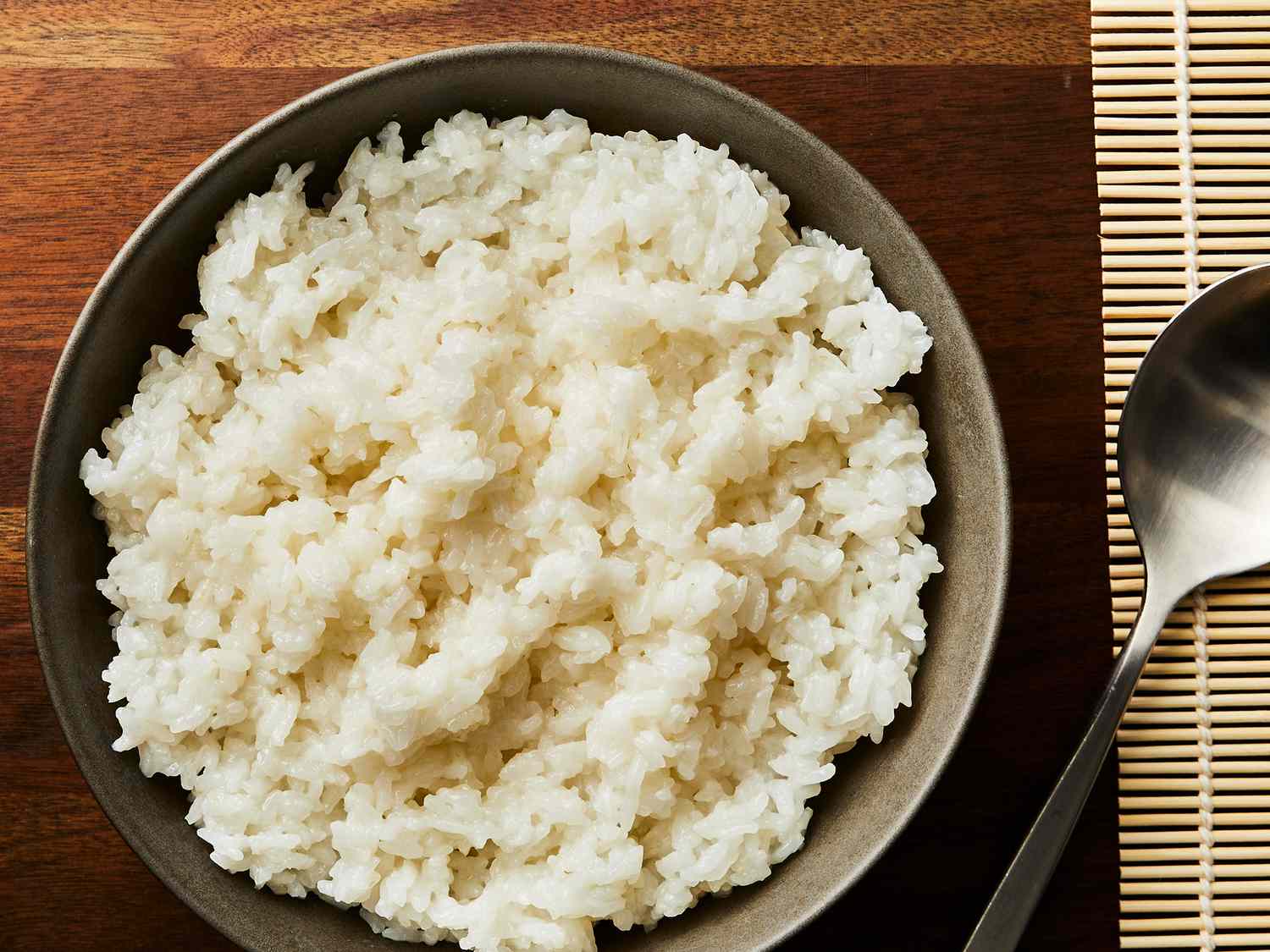
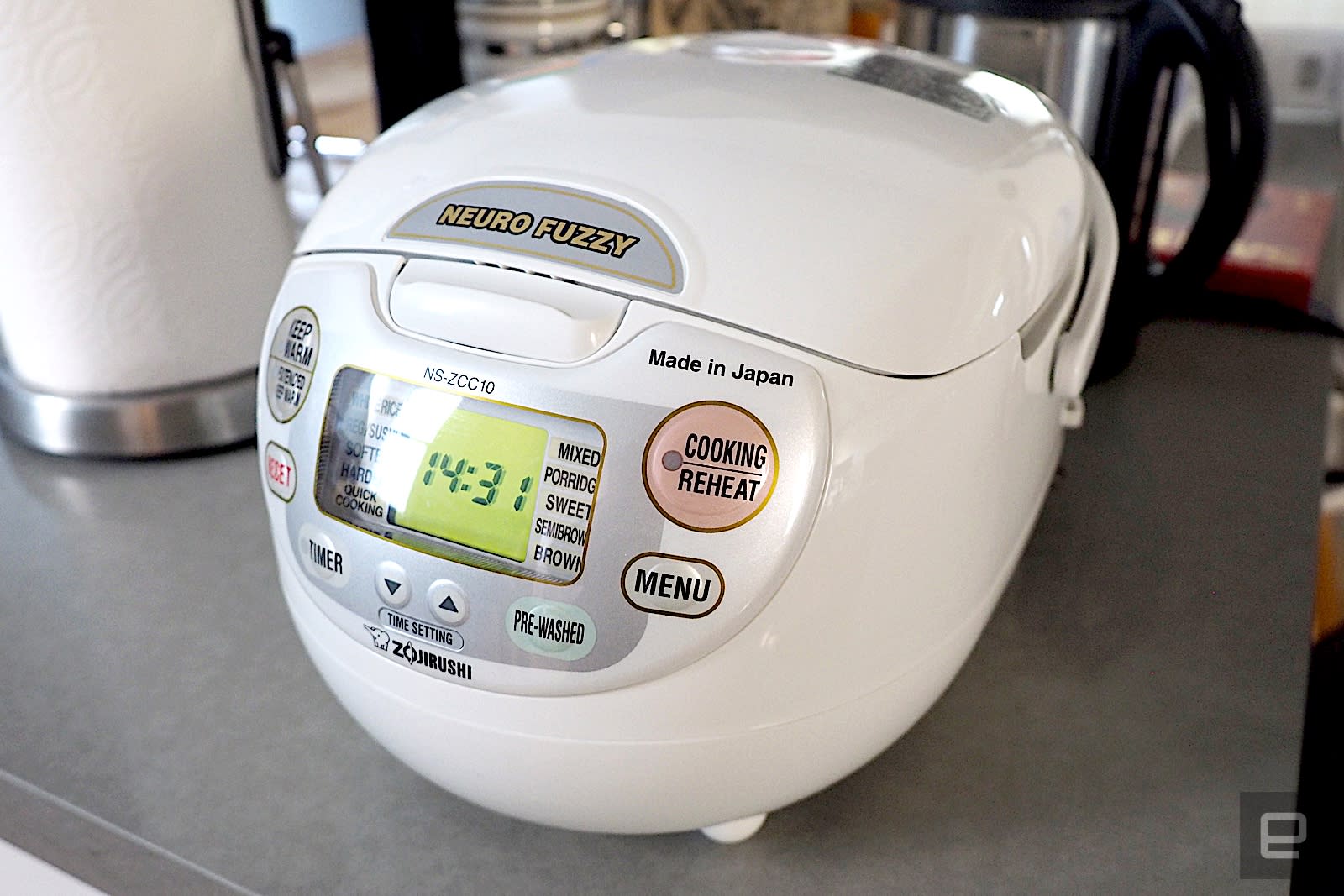
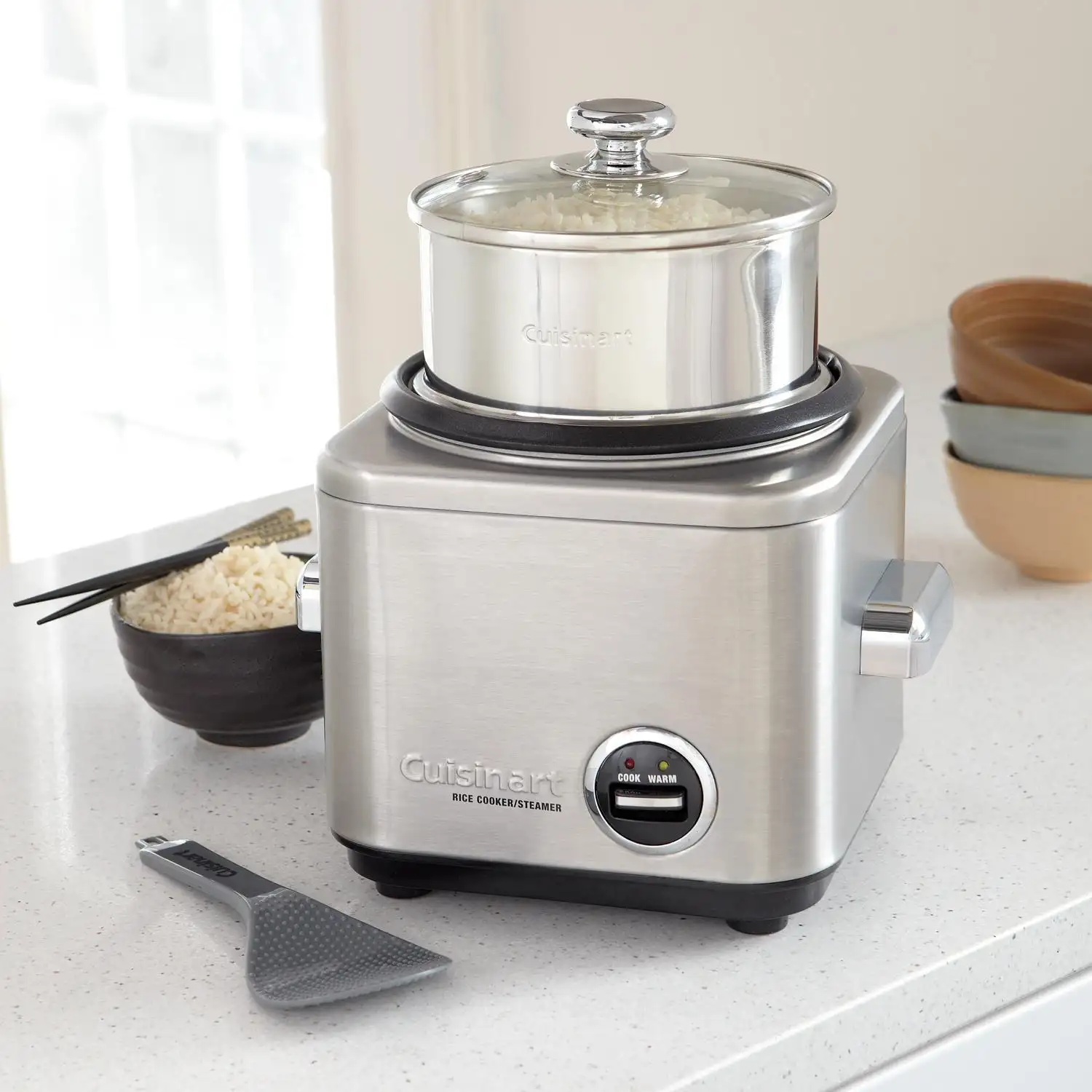

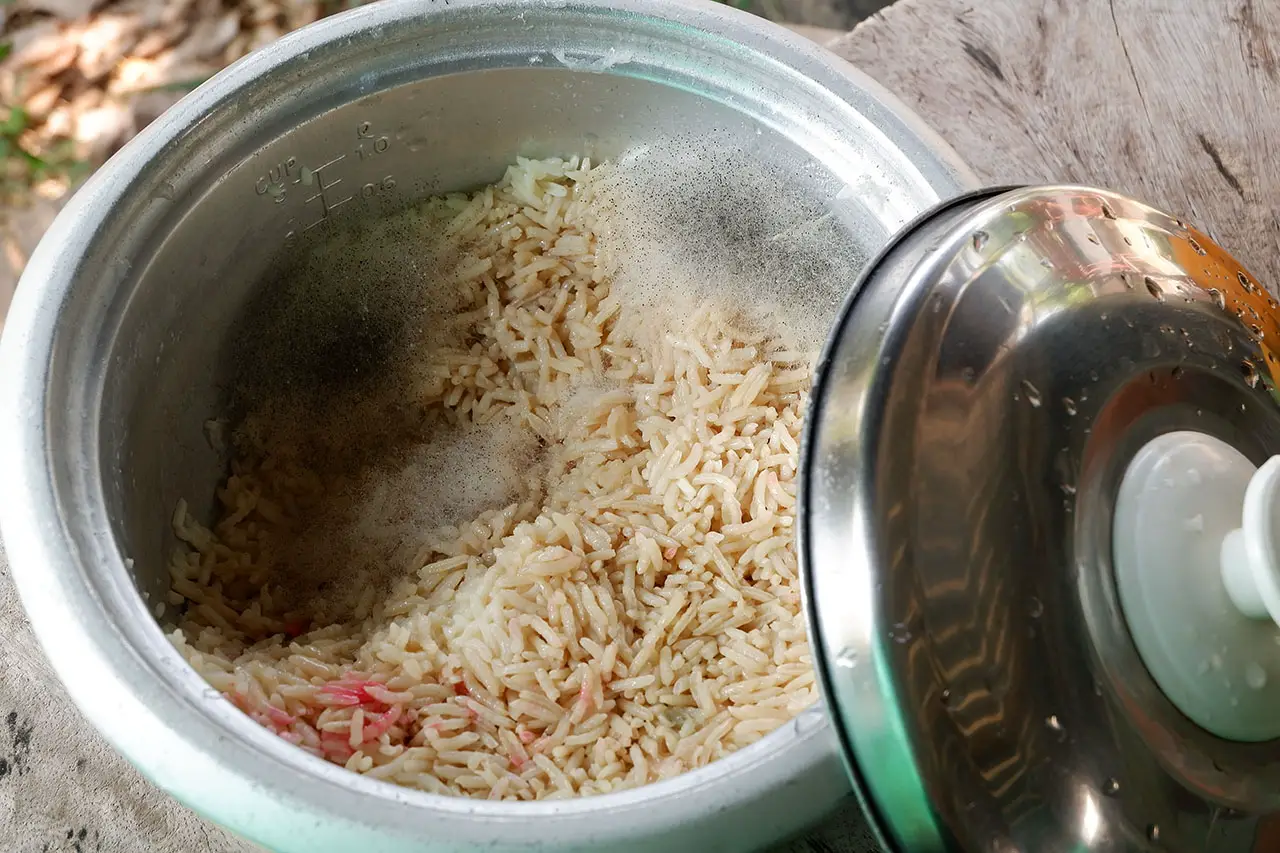
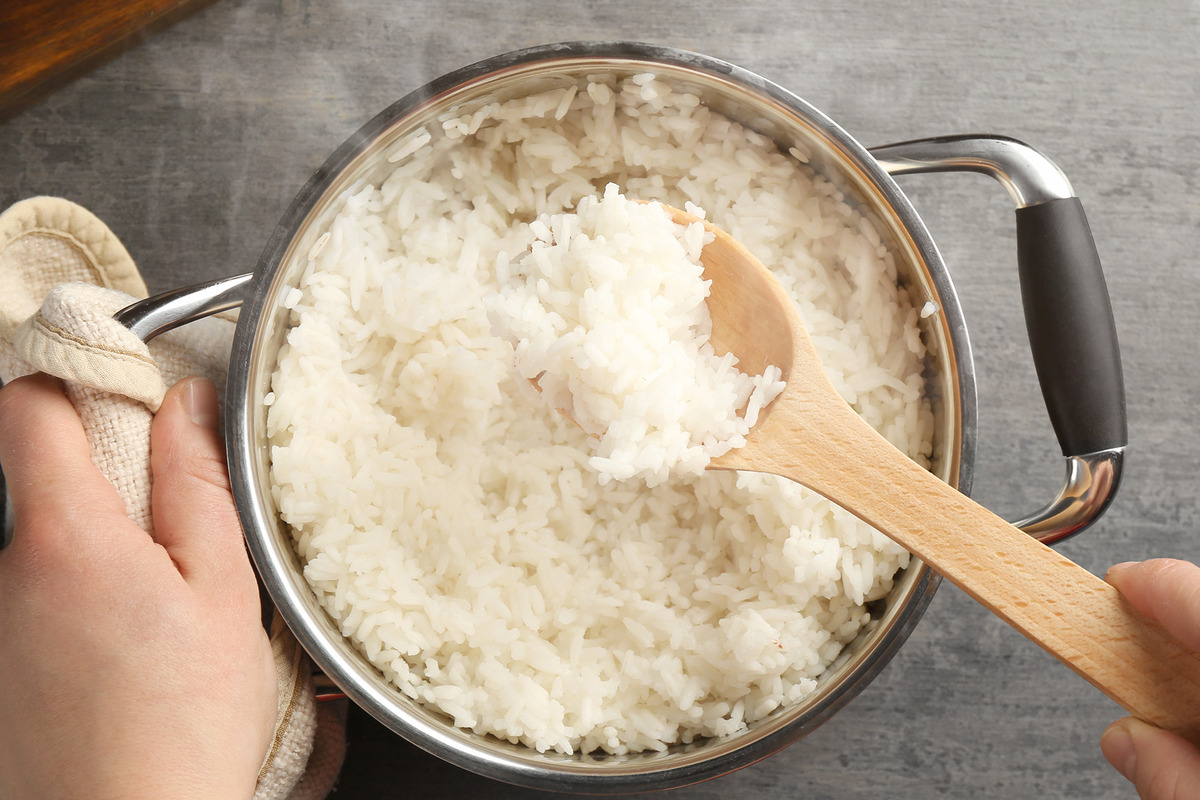
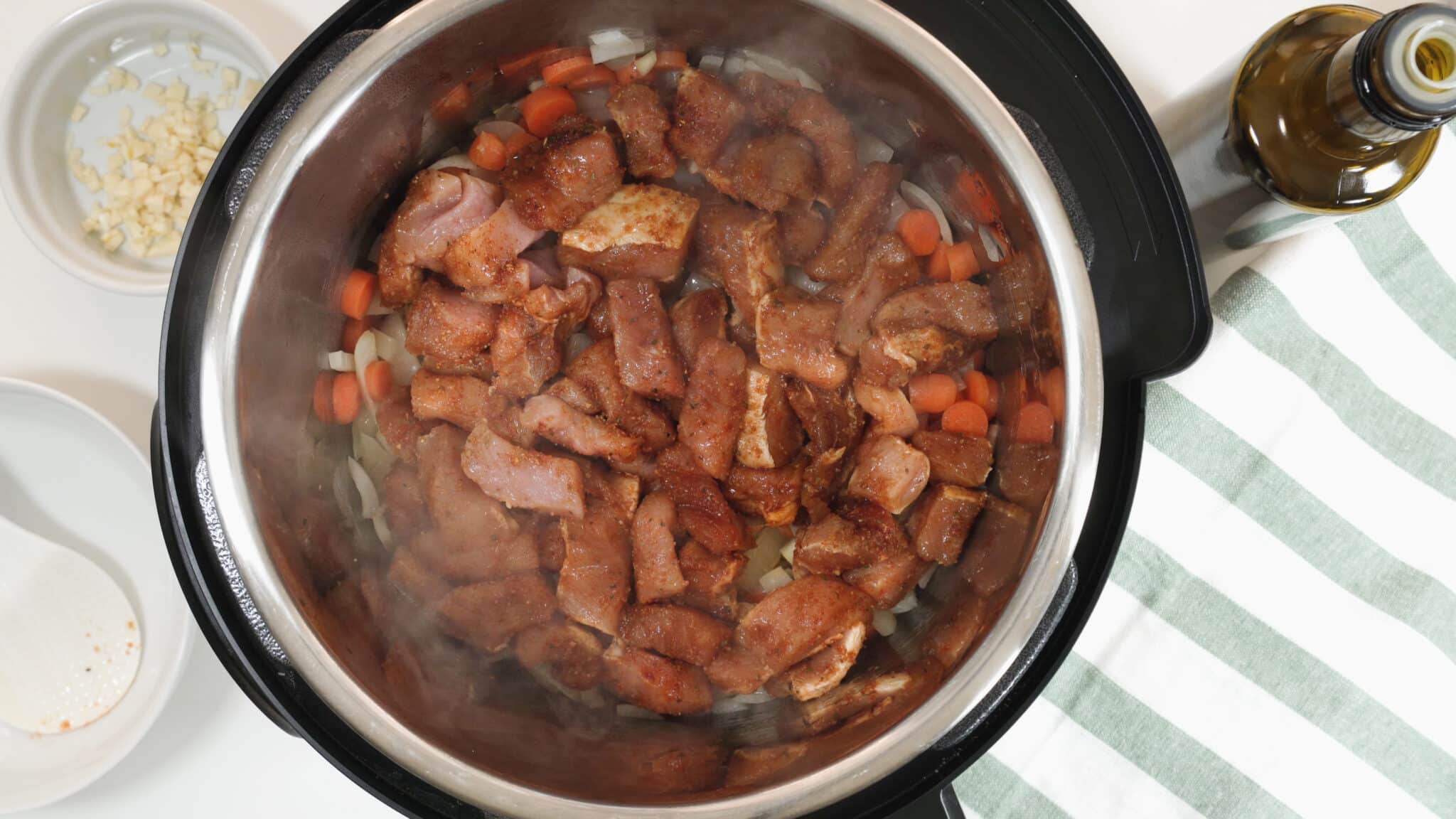


0 thoughts on “How To Store Rice”